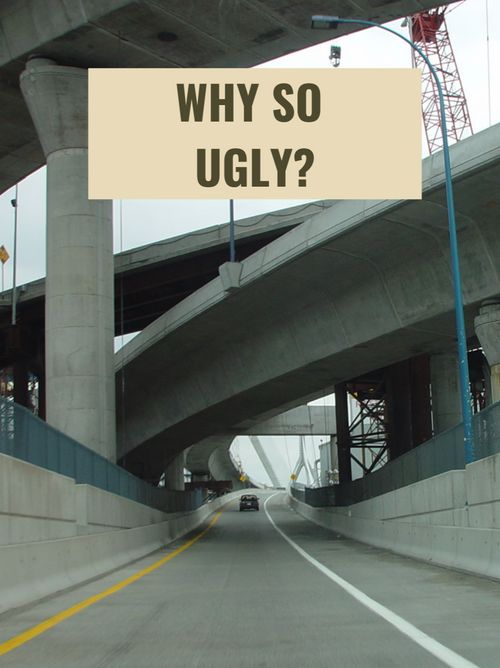We live in a world starved of beauty
Dec 19, 2021 · 2 mins read
0
Share

Introduction. The Geography of Nowhere, by James Kunstler, is a searing critique of contemporary urban design. James Kunstler argues that our modern built environment is unaffordable in the long term, painful to navigate on a daily basis, and above all ugly.
Save
Share
Why does beauty matter? Beauty matters because we are always in contact with our built environment, and beauty makes such constant contact pleasant. Kunstler lists the importance of beautiful places and why the world we live in today is anything but👇
Save
Share
Our cities are geometrically designed in a top down manner. But, we crave the organic asymmetry of nature. 1700s England parks had "trees asymmetrically planted in an elaborate effort to give a natural effect. The idea was to produce perfectly composed wild landscapes."
Save
Share
Kunstler writes that we have become accustomed to "living in places where nothing relates to anything else." Instead, buildings that stand next to each other must share some stylistic commonalities. This will give the neighborhood "charm, and beauty."
Save
Share
Kunstler describes contemporary offices as "places where paperwork can be signed out of the weather." Besides the shelter, they do not provide much. There's no attempt from the builders to create buildings in sync with the natural, or built, world around them.
Save
Share
Williamsburg, a 17th century town, was built on a grid. But the grid did not peter off into nothingness. "Two important focal points-the capitol building and the governor's palace" were built at town ends to give the eye "something to rest on other than the vacant horizon."
Save
Share
What is charm? Kunstler describes charm as "that which makes our physical surroundings worth caring about." Charm is no little matter as without it, humans can't bring themselves to be invested in a place. And without emotional investment, places lose the war against entropy.
Save
Share
Urban design will improve when we think of each different element as a link in a chain. So, the picket fence is not an "isolated object." Rather, it orders "the relationship between the yard and the sidewalk." Thinking like this creates coherence; coherent places are beautiful.
Save
Share
City Beautiful Movement. This was an early 20th century movement that believed the key to social welfare and civic virtue lay through aesthetics. By creating beautiful places, we can induce a sense of ownership and responsibility in city dwellers.
Save
Share
Bottom line. James Kunstler shows in his book what is lost when utilitarian concerns override aesthetic ones. Places that are eye sores hurt more than the eye. To care for their environment, humans need to love it, and humans can't love anything ugly.
Save
Share
0